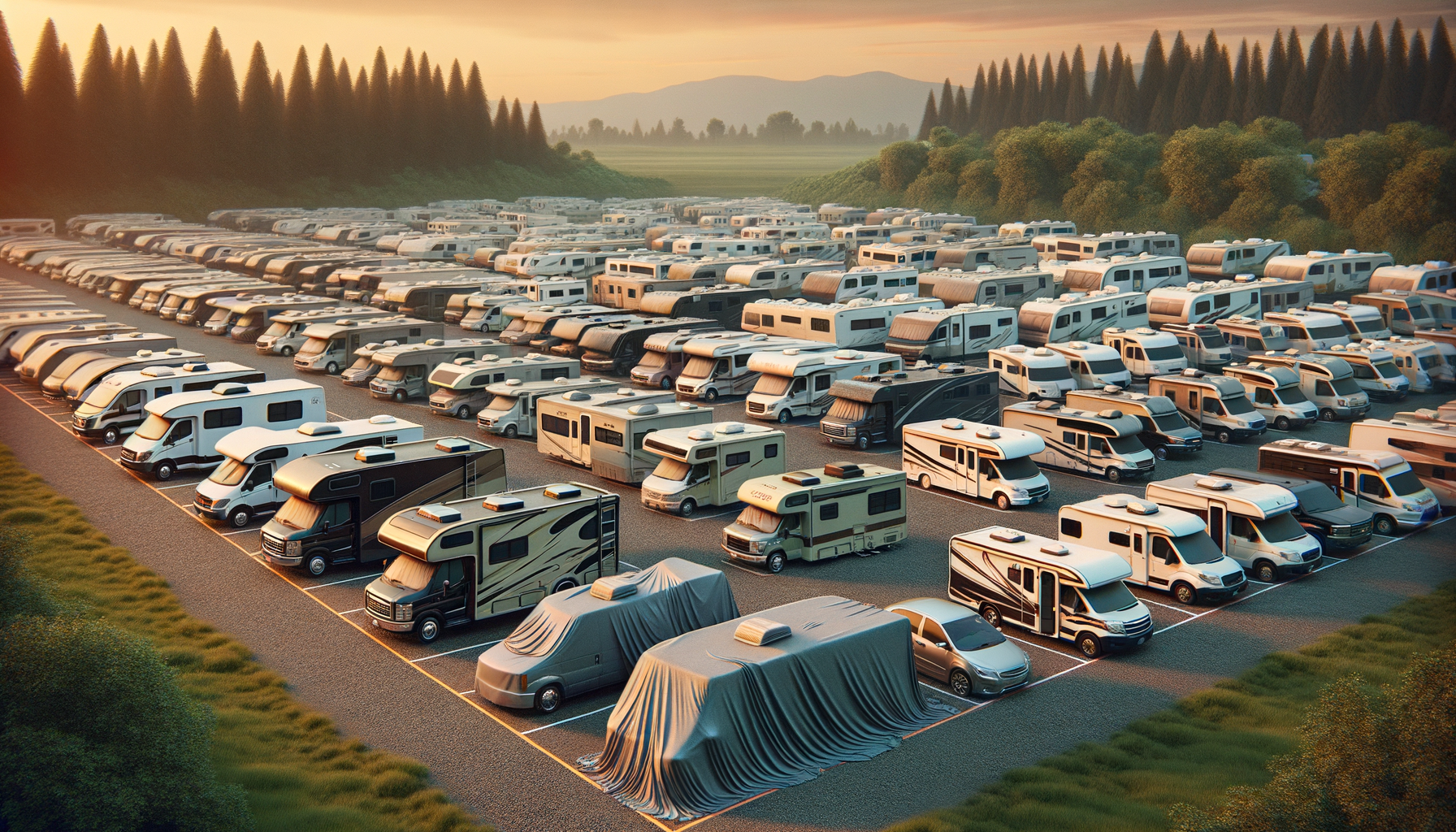The Journey of Unsold Campers
Every year, camper manufacturers face the challenge of dealing with unsold inventory. These unsold campers, often previous year’s models or less popular designs, need to find a home. The journey of these campers is both complex and fascinating, as manufacturers and dealers employ various strategies to ensure these vehicles don’t remain on the lot indefinitely.
One common practice is for manufacturers to bundle unsold models with popular ones. When dealers place orders for new, in-demand models, they may be required to take on a few of the unsold models as part of the deal. This method helps clear inventory but can be a burden for dealers who must then find ways to sell these less popular campers.
Additionally, unsold campers might be offered at significant discounts or as part of promotional deals to entice buyers. This approach can attract budget-conscious consumers looking for a deal, but it also affects the profit margins for both manufacturers and dealers.
Impact on Dealers and Consumers
For dealers, unsold campers present both challenges and opportunities. On one hand, they need to manage their inventory effectively to make space for new models. On the other hand, offering discounted campers can attract a different segment of customers, potentially leading to new sales opportunities.
Consumers benefit from these discounts, gaining access to high-quality campers at reduced prices. However, they must be aware that these models might lack the latest features or updates found in newer models. It’s a trade-off between cost and the latest technology or design improvements.
Dealers often host special sales events or participate in RV expos to showcase these unsold models, offering potential buyers a chance to explore a variety of options in one place. This strategy not only helps move inventory but also boosts the visibility of the dealership.
The Role of Auctions in Clearing Inventory
When traditional sales methods aren’t enough, auctions become a viable option for moving unsold campers. These events attract a wide range of buyers, from individuals to businesses looking to expand their rental fleets. Auctions provide a platform where campers can be sold quickly, albeit often at lower prices than retail.
For manufacturers and dealers, auctions help clear space for new inventory while recouping some of the costs associated with the unsold models. Buyers benefit from competitive pricing, although they must be prepared for the auction environment, where quick decisions are necessary.
Auctions can be a double-edged sword, as selling at these events can sometimes result in significant financial losses compared to traditional sales. However, they remain an essential part of the strategy to manage unsold inventory effectively.
Repurposing and Reselling: A Creative Approach
Some unsold campers find a second life through repurposing or reselling. Creative dealers and individuals have turned these vehicles into mobile offices, food trucks, or even tiny homes. This trend not only provides a solution for unsold inventory but also taps into the growing interest in alternative living and working spaces.
Repurposing requires creativity and investment, but it can transform an unsold camper into a unique and functional space. This approach appeals to entrepreneurs and individuals looking for affordable and customizable options for their ventures or lifestyles.
Reselling through online platforms also opens up new markets, reaching buyers who might not visit traditional dealerships. This method allows dealers to connect with a broader audience and find buyers interested in specific models or features.
Future Trends and Innovations in Camper Sales
As the camper industry evolves, so do the strategies for handling unsold inventory. Innovations in marketing, such as virtual tours and augmented reality, are helping dealers showcase campers to a global audience. These technologies provide potential buyers with an immersive experience, making it easier to explore options from the comfort of their homes.
Moreover, the rise of social media and influencer marketing allows dealers to reach niche markets and engage with communities interested in camping and RV life. By leveraging these platforms, dealers can build relationships with potential buyers and create buzz around unsold models.
Looking ahead, the integration of sustainable practices and eco-friendly designs in campers may also influence how unsold models are perceived and sold. As consumers become more environmentally conscious, the demand for sustainable options could reshape the market dynamics and offer new opportunities for unsold inventory.




Leave a Reply